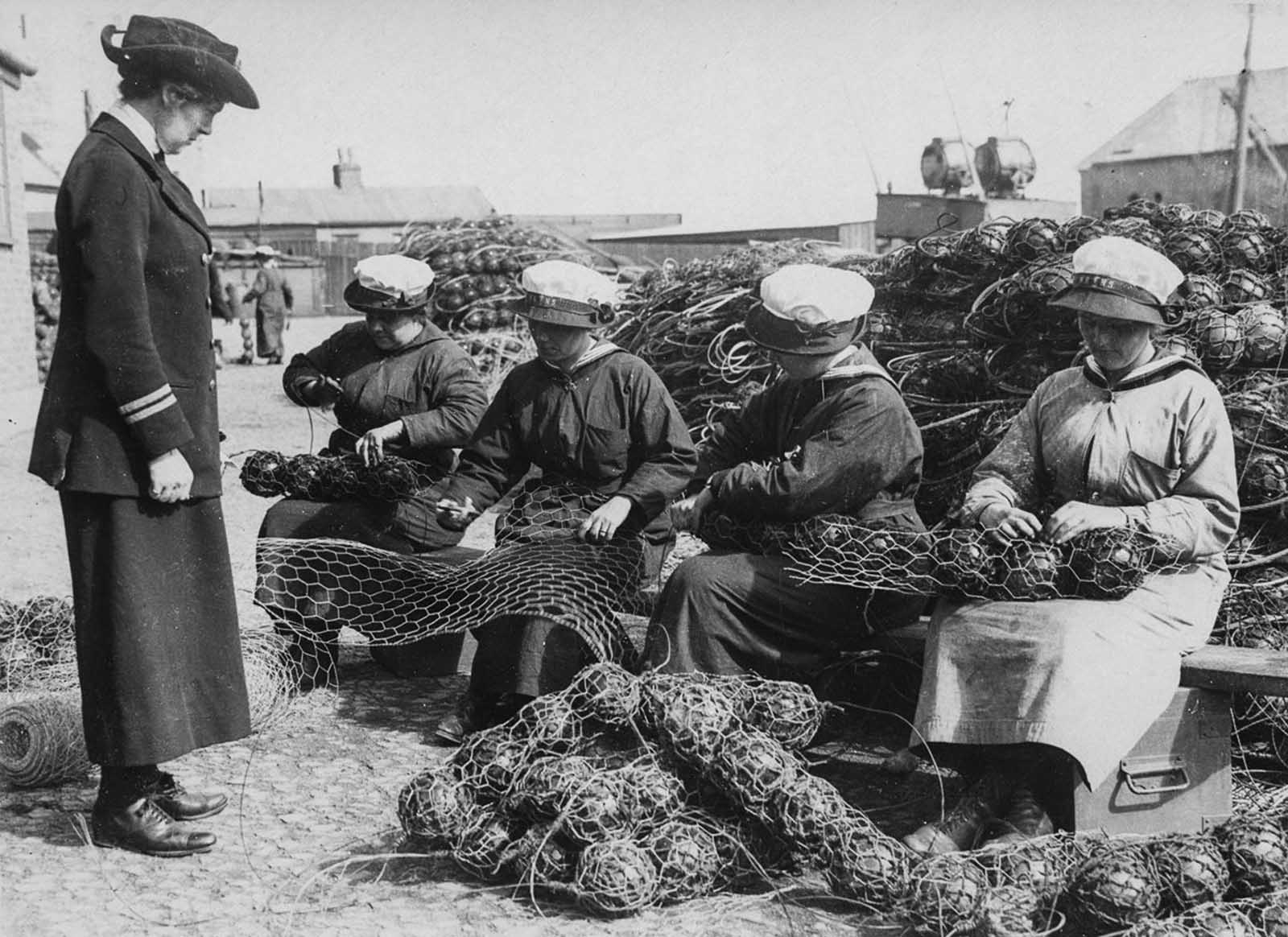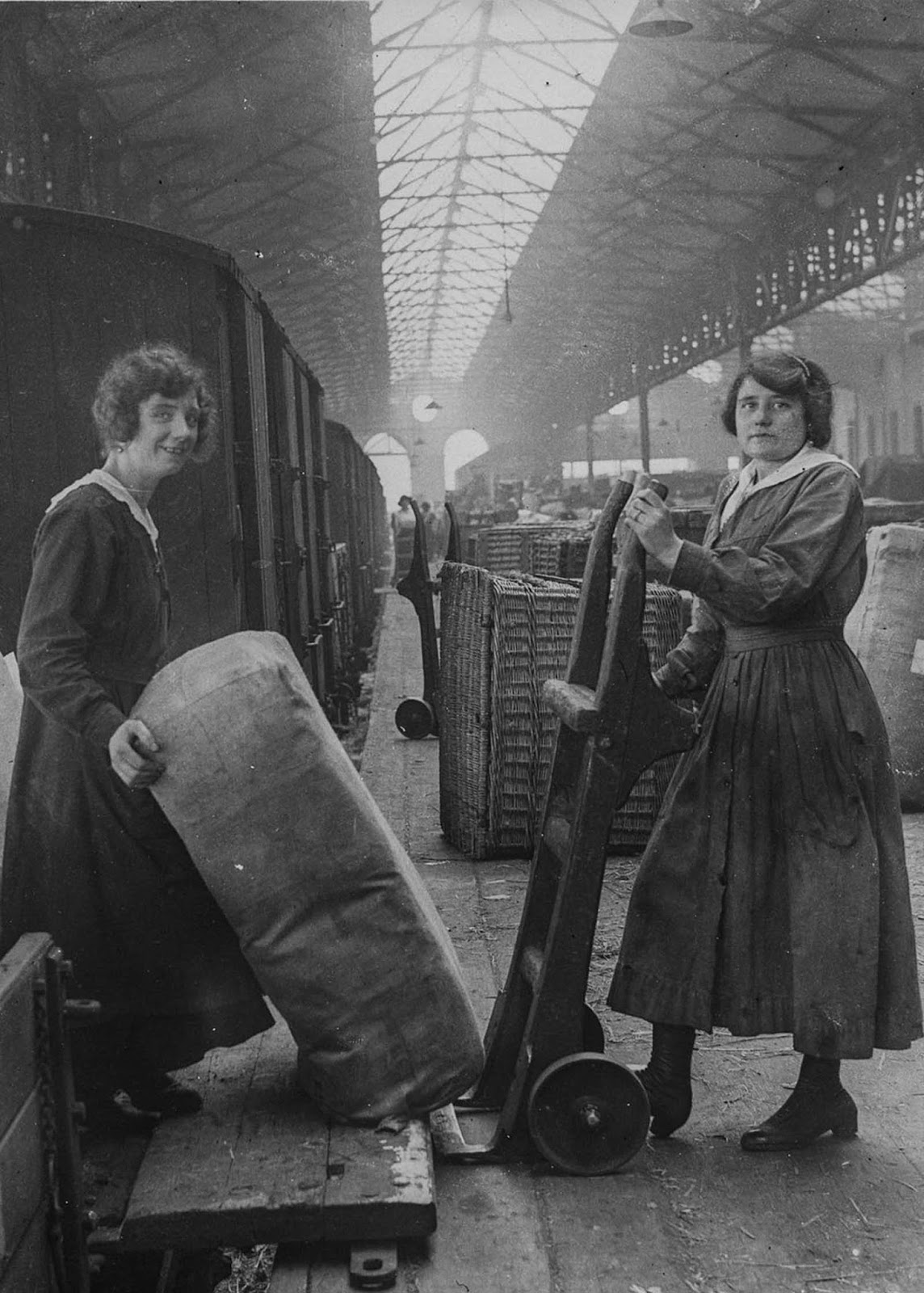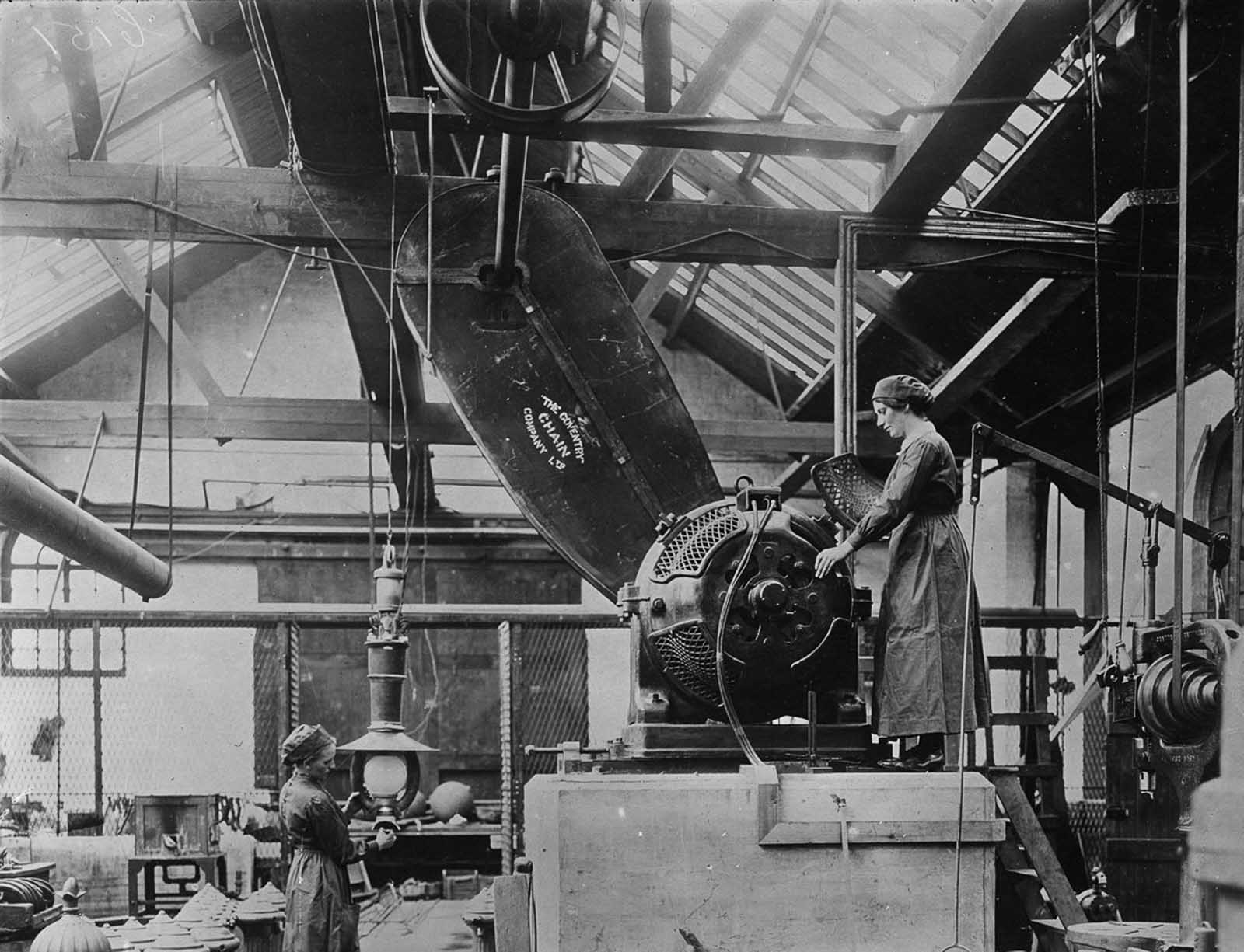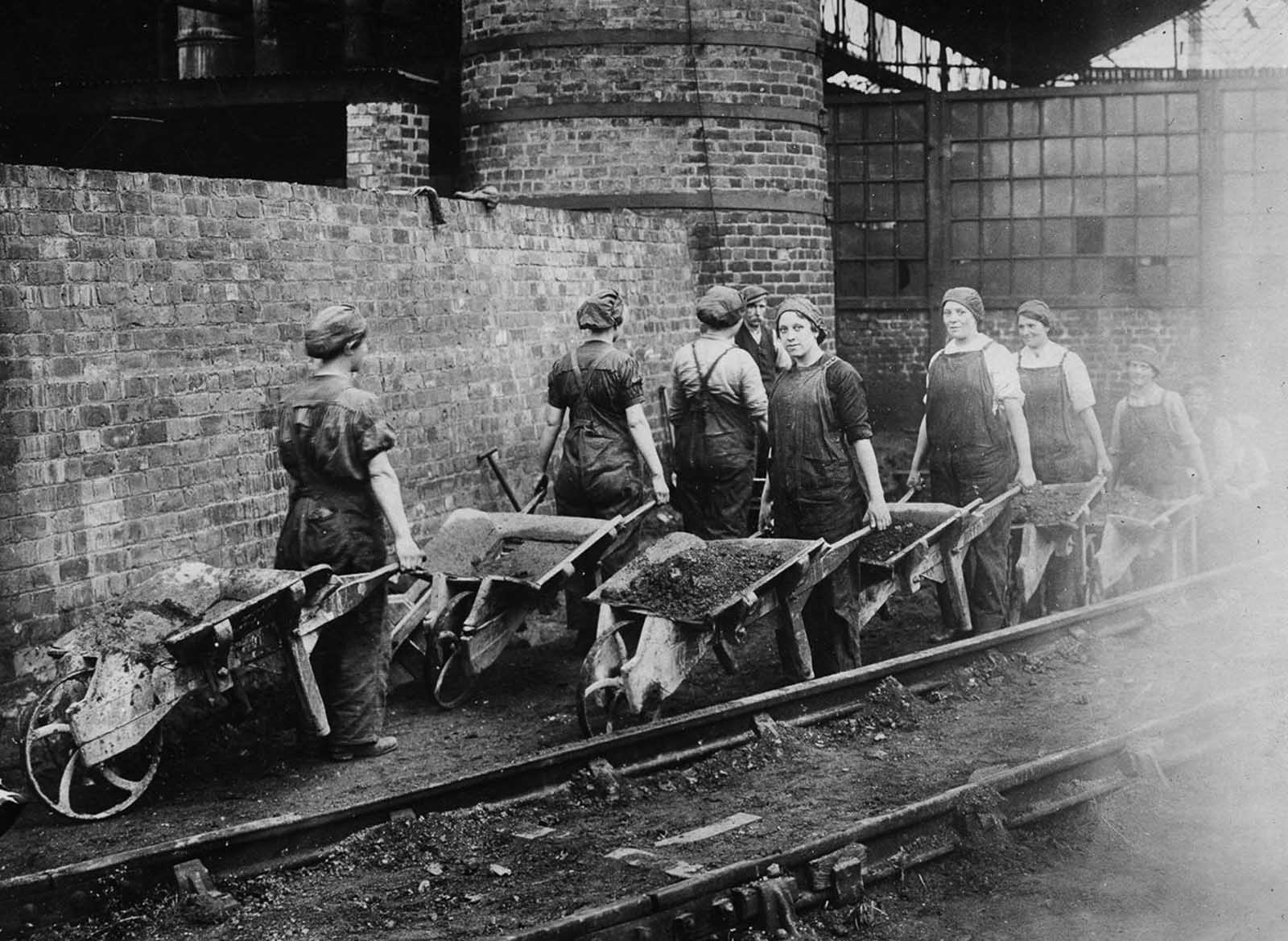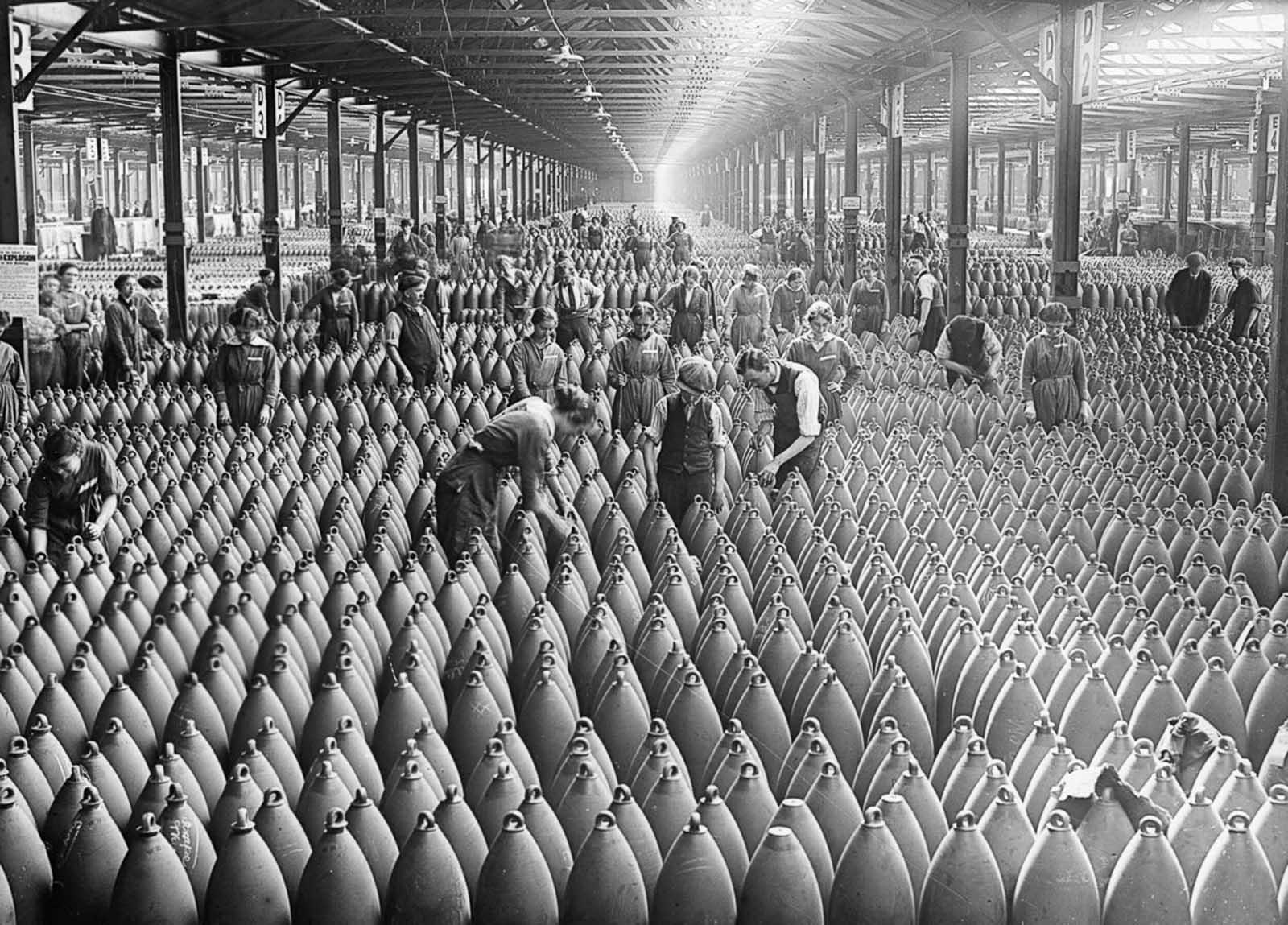
A large number of women were brought in to fill the vacancies in the jobs that were vacant as a result of men going to fight in World War I. New jobs opened up to fill in the needs created by the war.
Some of these jobs were in munitions factories as a result of the increase in demand for weapons. This made the munitions factories become the largest single employer of women in 1918.
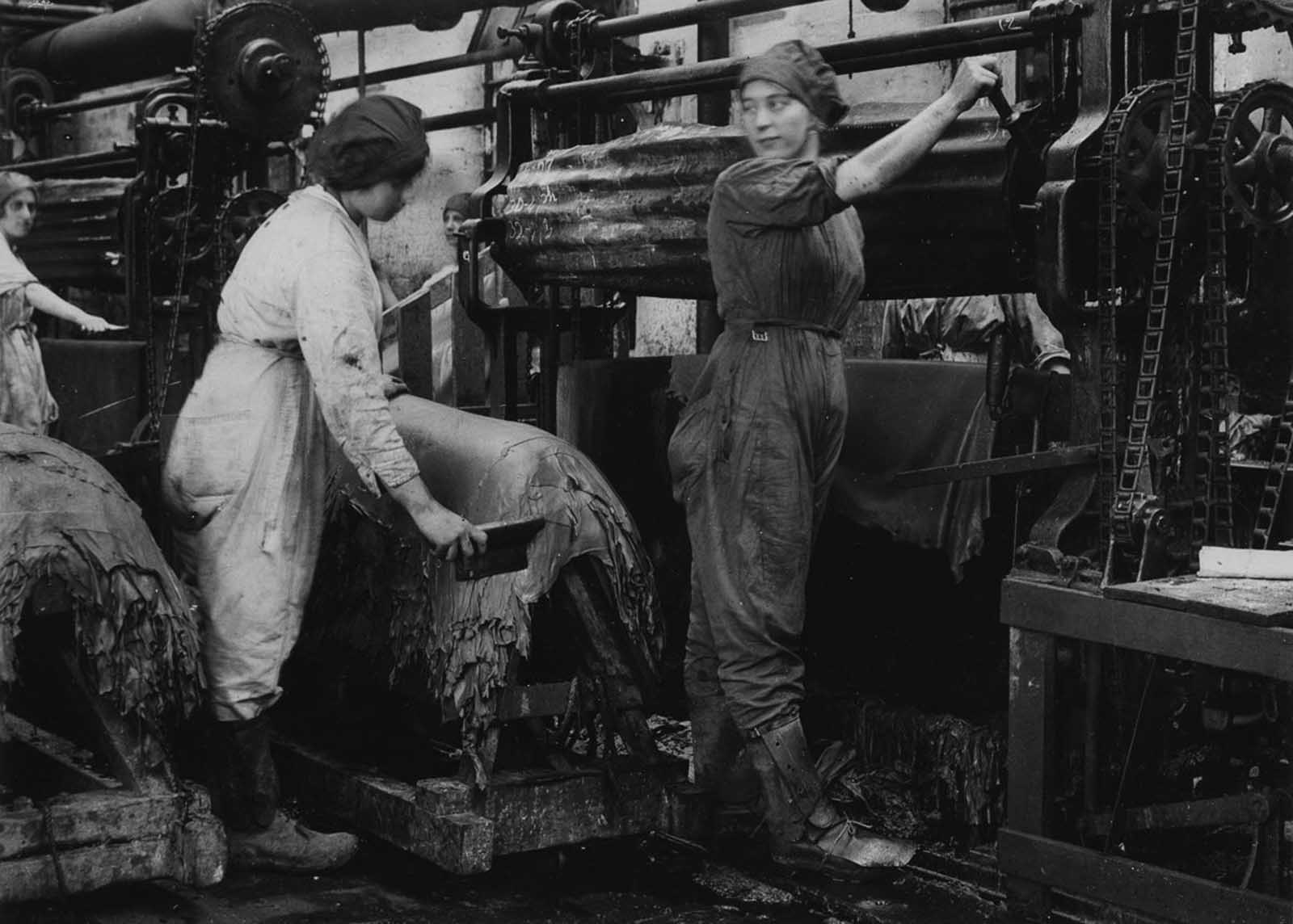
There was resistance to hiring women for what was considered to be men’s work, however, as the men became conscripted in their numbers in 1916, the need for women to fill in these spaces became dire.
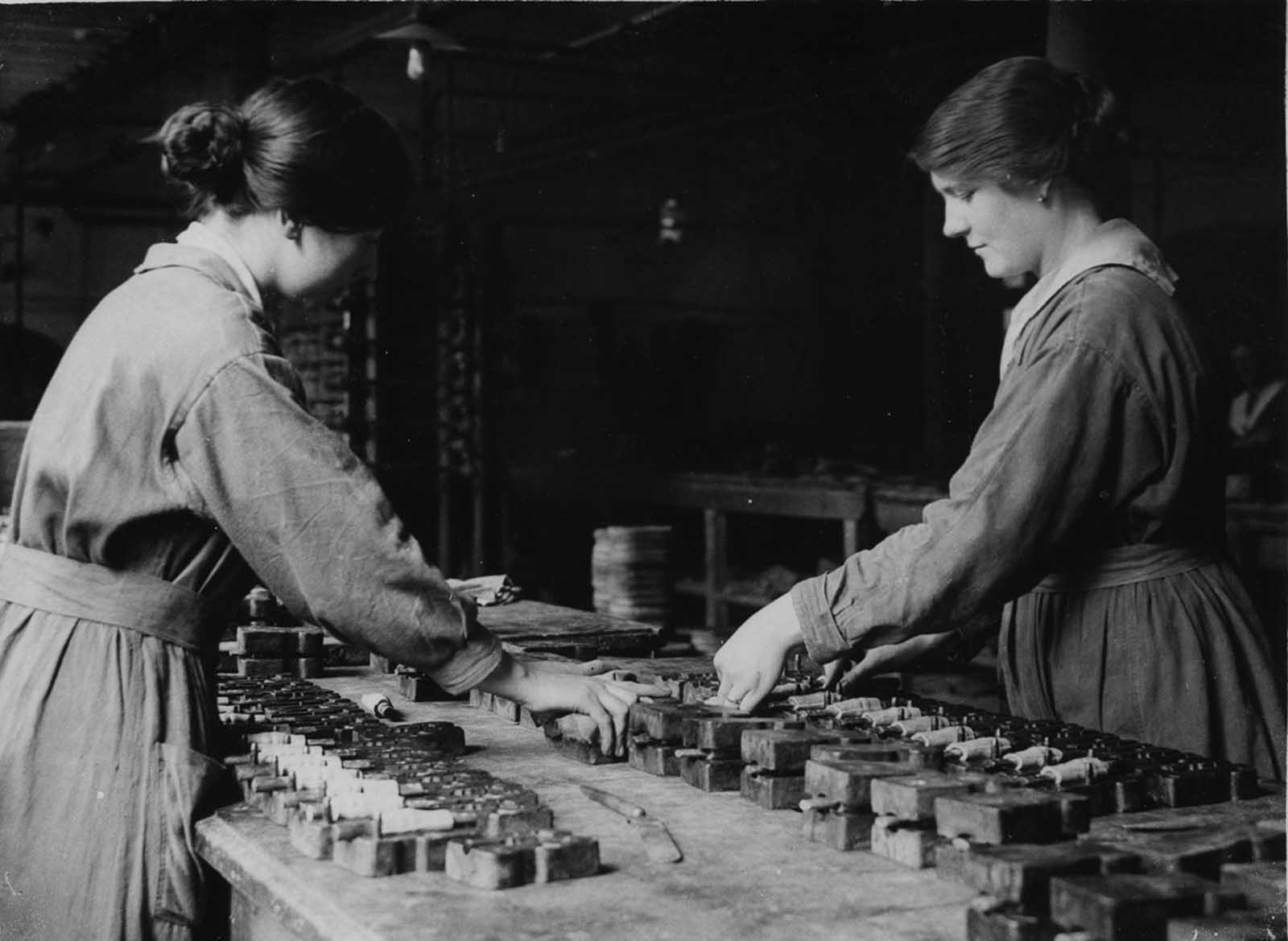
The government began to run campaigns and recruitment drives to get women to sign up for the work. Soon, women began to work in those areas previously reserved for men. They worked as railway guards and ticket collectors, buses and tram conductors, postal workers, police, firefighters, bank ‘tellers’ and clerks.
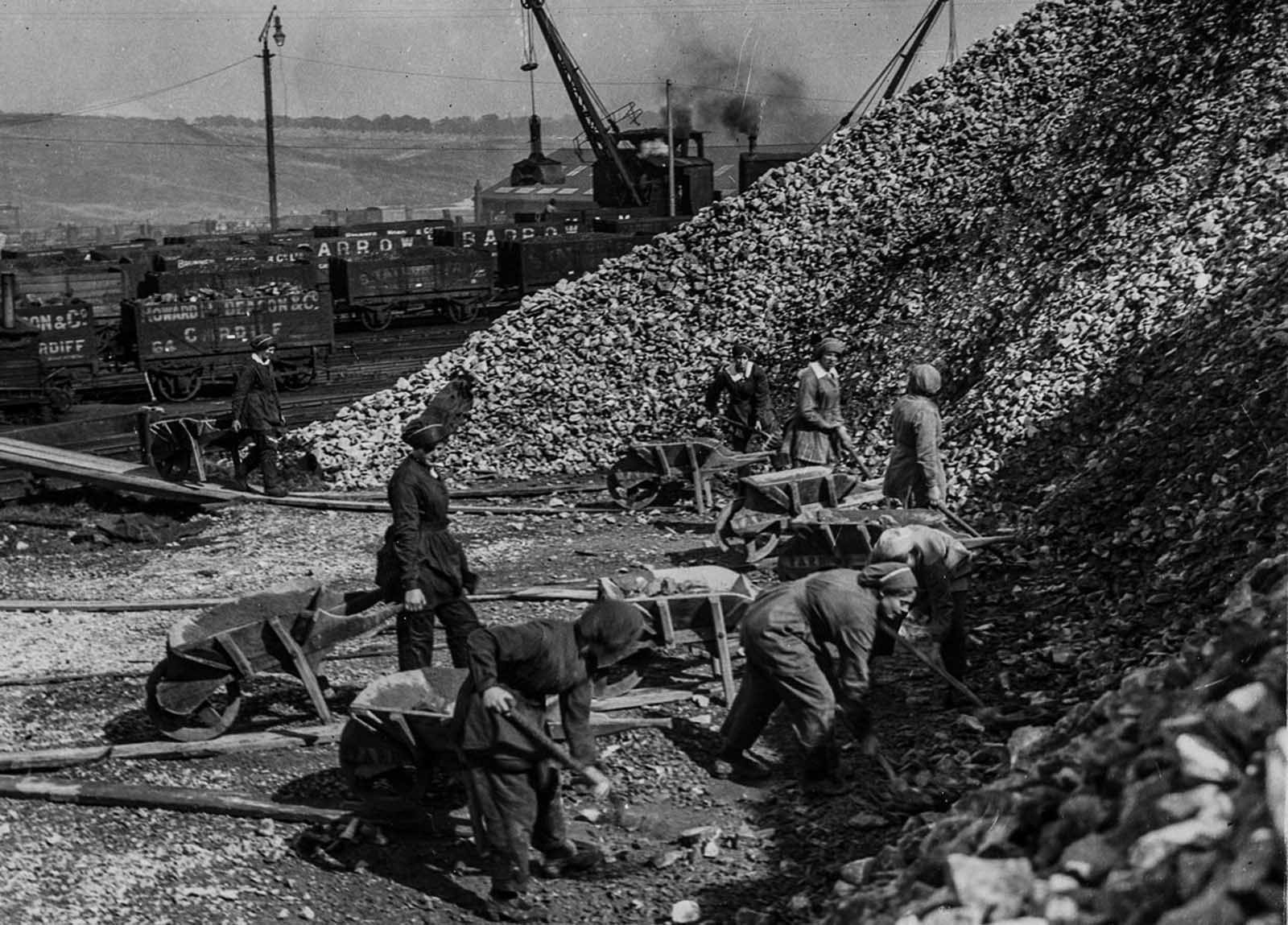
Women also worked heavy machinery in engineering, farms and factories. In 1917, these munitions factories that were made of main women produced over 75% of the shells and weapons the British Army used.
SEE ALSO: The Miracle Of Dunkirk In Rare Photographs, 1940
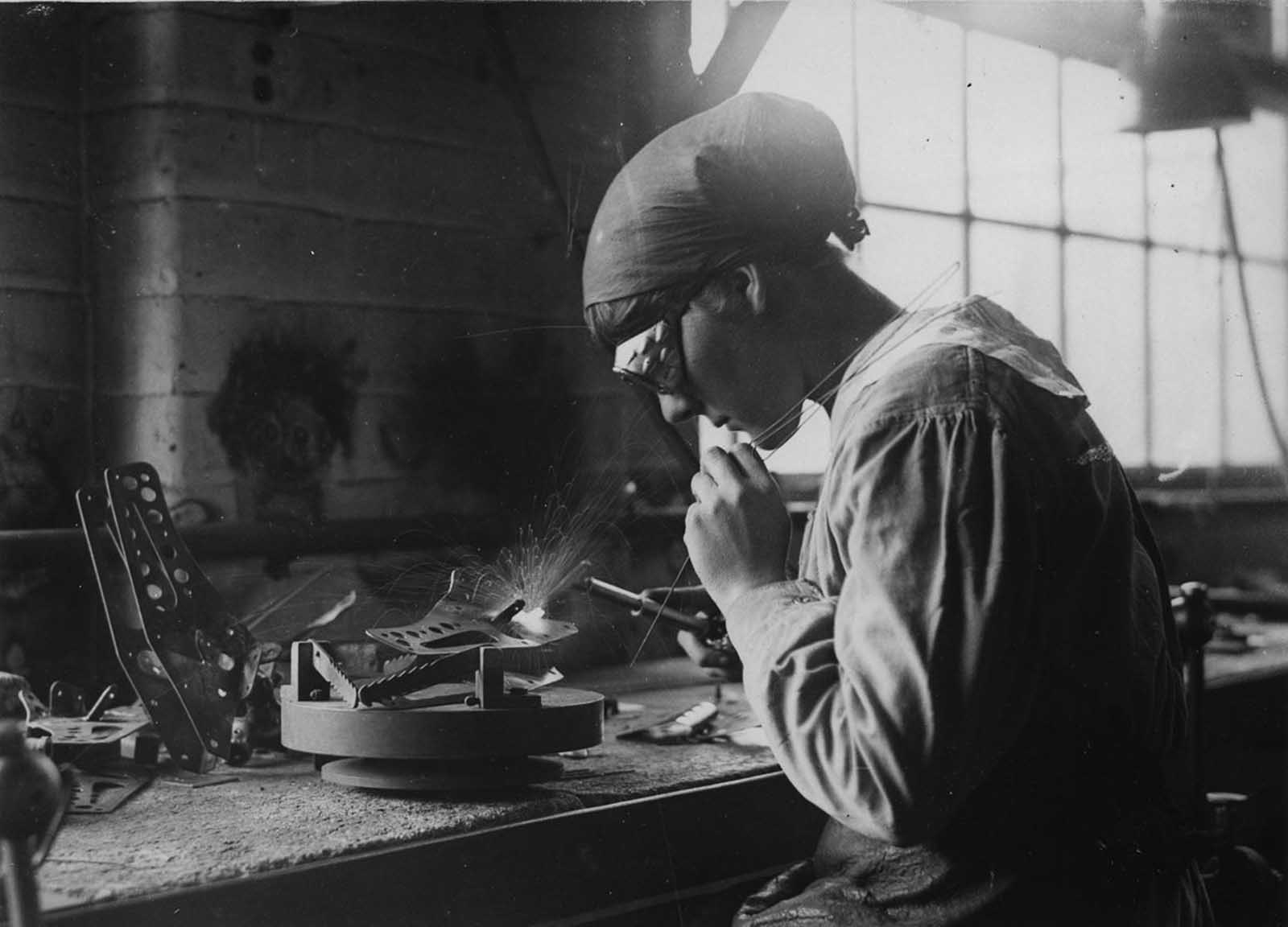
These women put their lives at risk working with poisonous substances without protective clothing and safety measures. Most of them had their skins turn yellow from contact with TNT, a chemical substance used in making munitions.
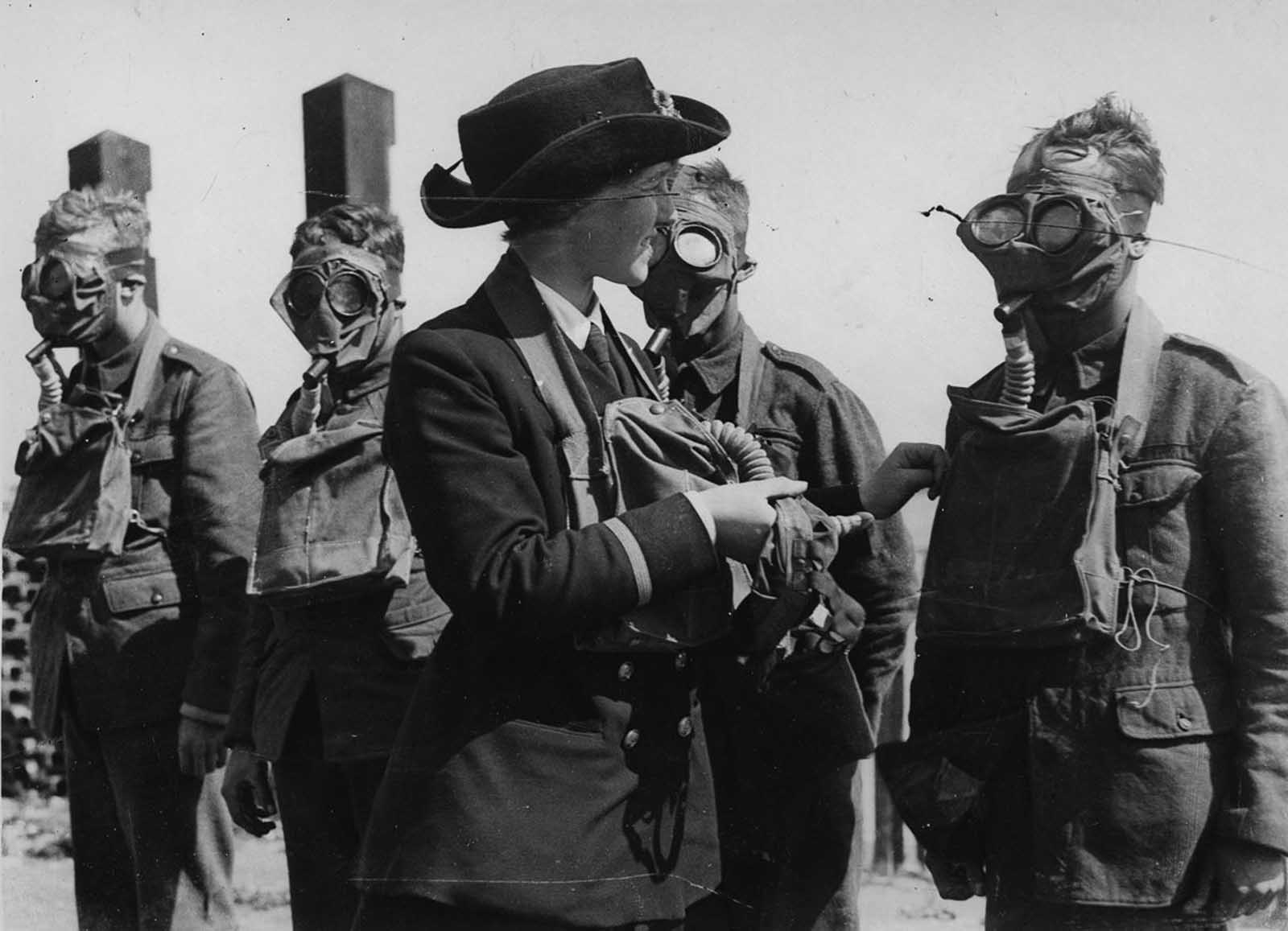
It’s estimated that 400 women died from exposure to TNT during WWI. These women were also paid significantly less than their male counterparts who did the same work. In 1918, fed up with the inequality, the women workers organized a strike and won for equal work pay.
At the end of the war, the majority of these women were fired to free up spaces for returning veterans.
